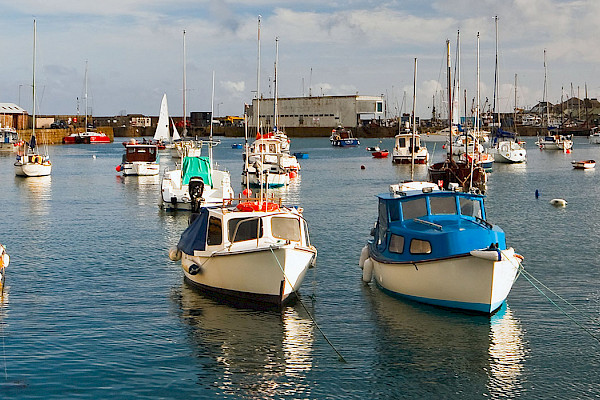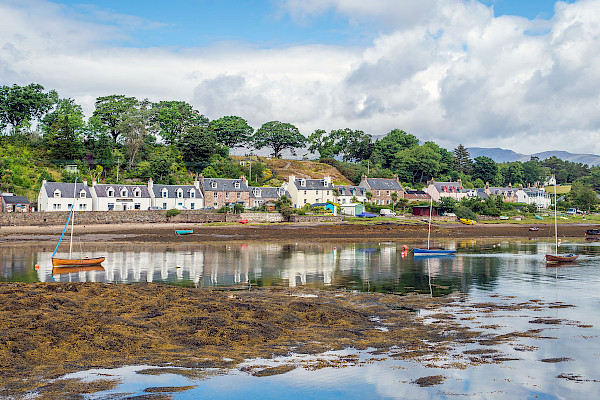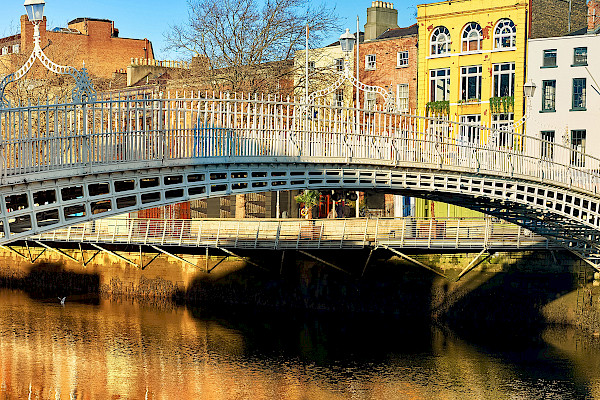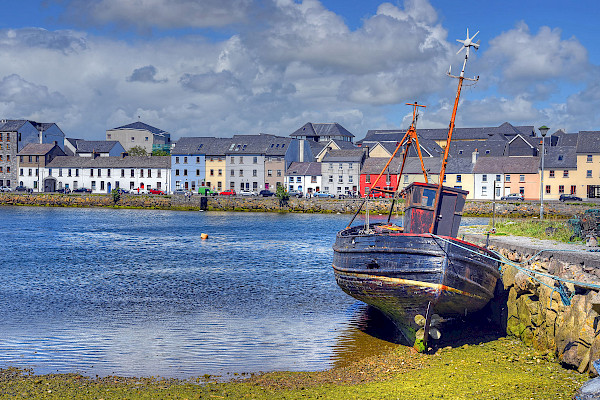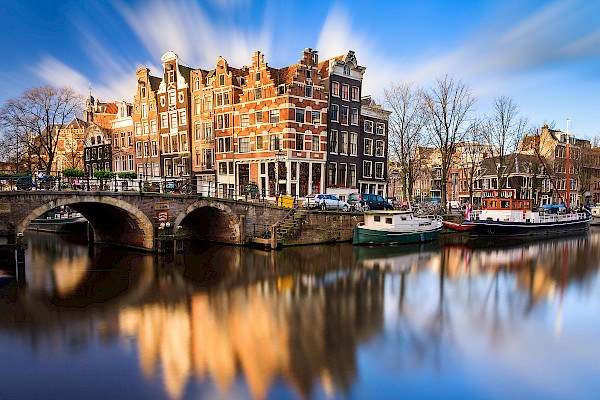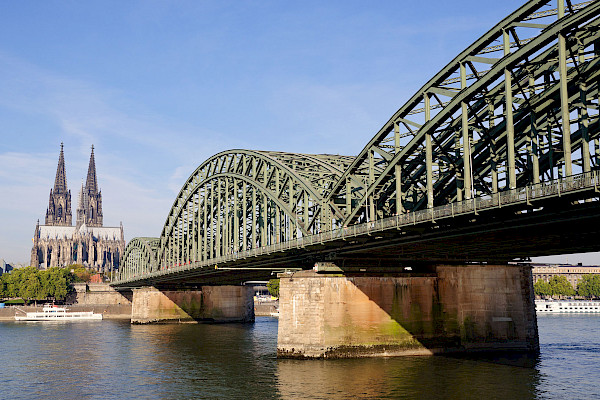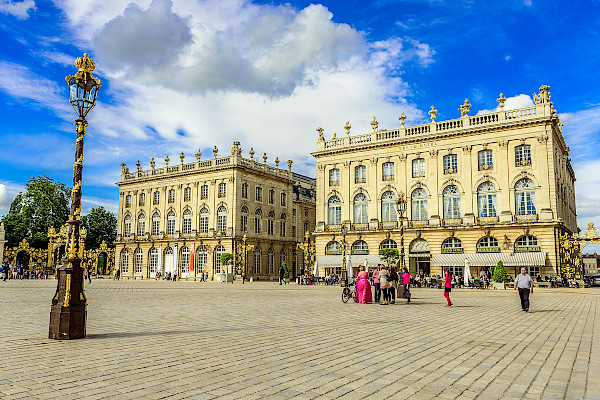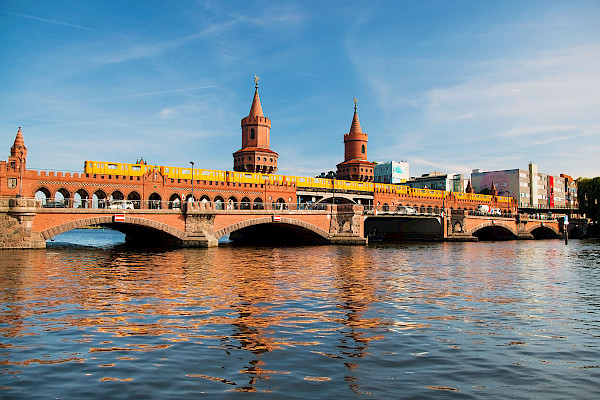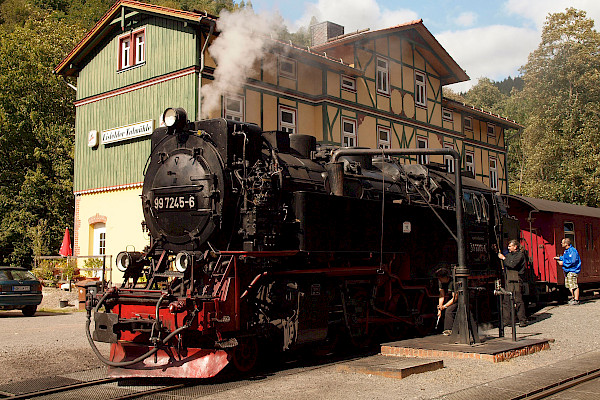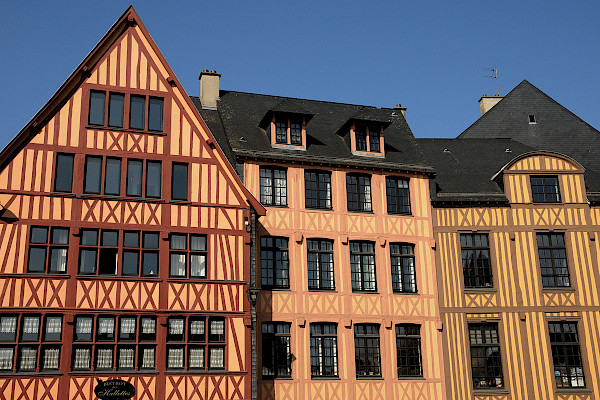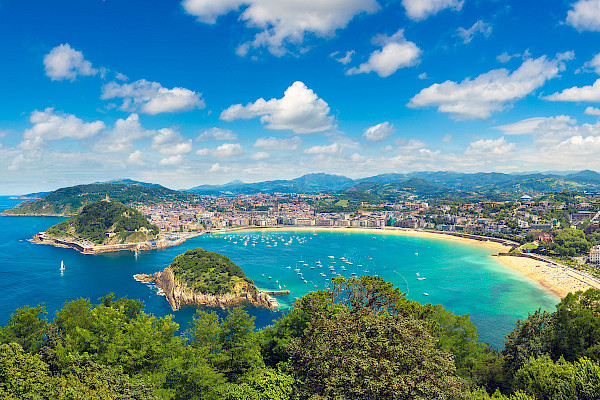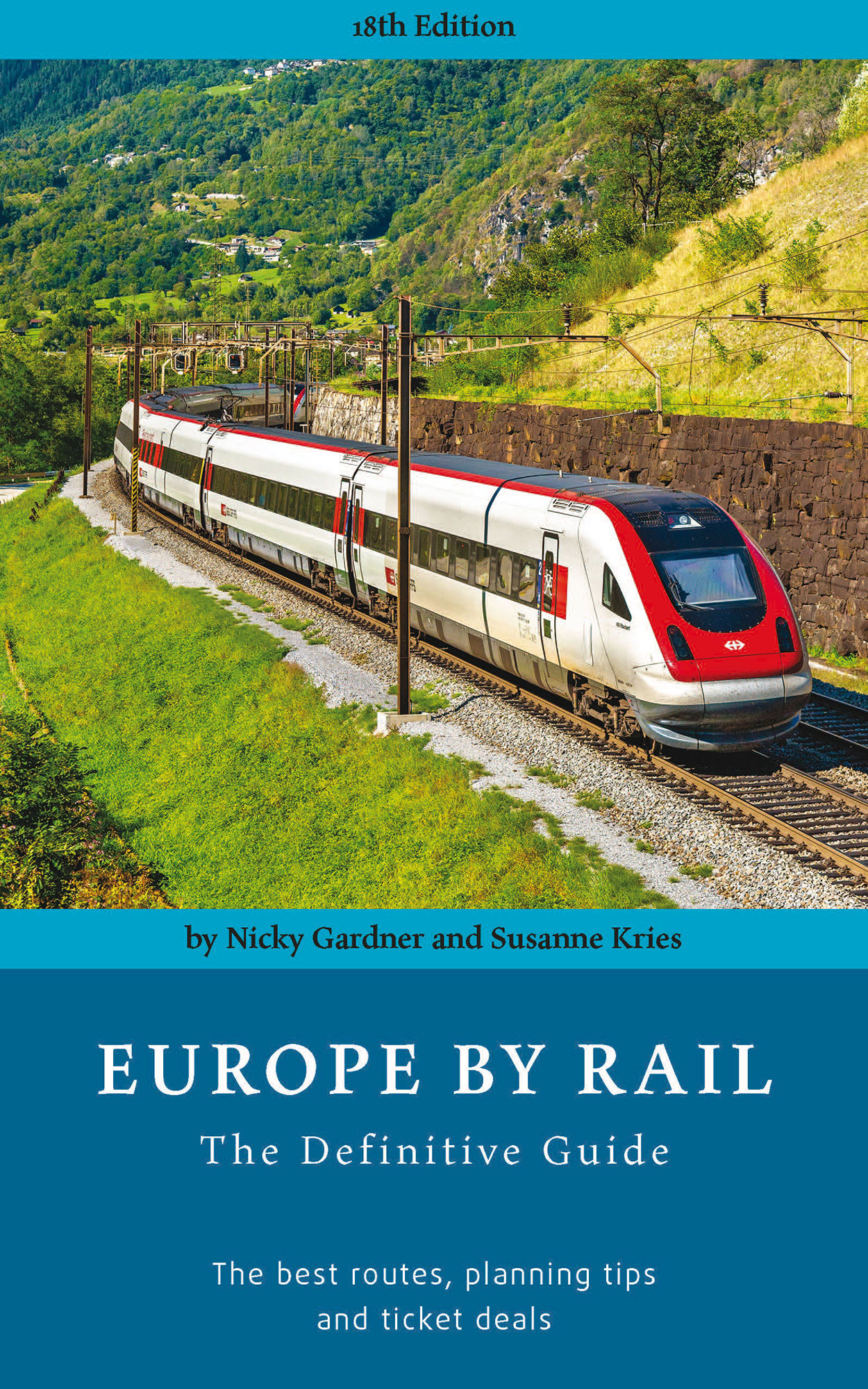Our very first journey in Europe by Rail starts at London’s Paddington station; it is the unsung star of London’s railway termini. The station has a light elegance which is utterly charming - and it is the perfect place to embark on a journey which takes in some of the finest countryside in southern England.
If there is one rail journey which has consistently fired the English imagination, it is the train ride from London to the Scottish Highlands. We’ll cover over a thousand kilometres by train, travelling via York, Edinburgh and Inverness to reach Kyle of Lochalsh on the west coast of Scotland.
Beurs metro station in the busy heart of Rotterdam is the improbable starting point for this journey which takes in four countries and ends in south-west Ireland on the edge of the country’s first national park.
Route 5 in Europe by Rail takes you from London to Galway. On the way you'll see some of the finest scenery in England, Wales and Ireland. It’s a chance to savour a journey for its own sake.
Route 6 in Europe by Rail is short and sweet, taking in a feast of fine cities as well as, especially in the early stages, some engaging rustic landscapes. It’s not a route where you need ever bother about advance booking and for holders of Interrail or Eurail passes, there are no supplements to pay.
Lille and Cologne are two cities with very strong regional identities within their respective countries, but they could scarcely be more different. Lille is altogether more downbeat - and is radical while Cologne is conformist.
Fifty years ago, the direct train to Basel stayed entirely west of the Rhine, traversing Belgium, Luxembourg and France along the way. The through trains have gone, but the railways are still there. Regular regional trains – all offering a high level of comfort – still ply the entire route.
This is one of Europe’s classic rail journeys, as the route south from Cologne hugs the River Rhine and then, once past Koblenz, follows the dramatic Rhine Gorge upstream.
This is one big leap across Germany, west to east. A sleek ICE train leaves Cologne Hauptbahnhof (Hbf) hourly for the German capital and the journey takes about five hours.
You can cut off to the south of the main railways which link Hannover with Berlin to discover the glorious landscapes of the Harz Mountains, a region which boasts Europe’s finest network of narrow-gauge steam railways.
This long journey from Berlin to Bavaria and on across the Austrian border to Salzburg takes in some very fine German cities (including Leipzig, Weimar and Munich) and some decent countryside. It is one of two routes in this book which lead travellers from northern Germany to the Alps.
This journey to France in Europe by Rail starts at London’s St Pancras station, as inspiring a space as any cathedral. After a fast dash to Paris on Eurostar we continue south to the Mediterranean.
Route 14 in Europe by Rail uses a regional train to travel from Paris to Burgundy, continuing via Lyon to Geneva. The classic line south from Paris (via Sens and Dijon) which we describe here is dubbed the Paris-Lyon-Méditerranée (PLM) route. PLM was the company which introduced to the route such celebrated luxury trains as the Côte d'Azur Rapide and Le Train Bleu - names which evoke the romance of travel in a bygone age.
The train journey east from Marseille towards the Italian border is superb. The route has a grand, almost cinematic appeal when seen from the comfort of a TGV, but suddenly becomes more intimate when you experience it from one of the slower TER services.
This route from Paris takes in some of the finest townscapes and countryside in Normandy. It is one of the shorter adventures in Europe by Rail: The Definitive Guide, but one that lends itself to those who prefer to travel spontaneously.
Route 17 in Europe by Rail is for those less inclined to hurry. It is a leisurely amble through some of Atlantic Europe’s most striking cultural landscapes: the Loire Valley, Aquitaine and the Basque region.
The route we follow here from Paris to Barcelona is a more traditional approach to the Pyrenees and northern Spain, one much favoured by travellers of yesteryear. It criss-crosses France's Route Nationale 20 more than a dozen times.
